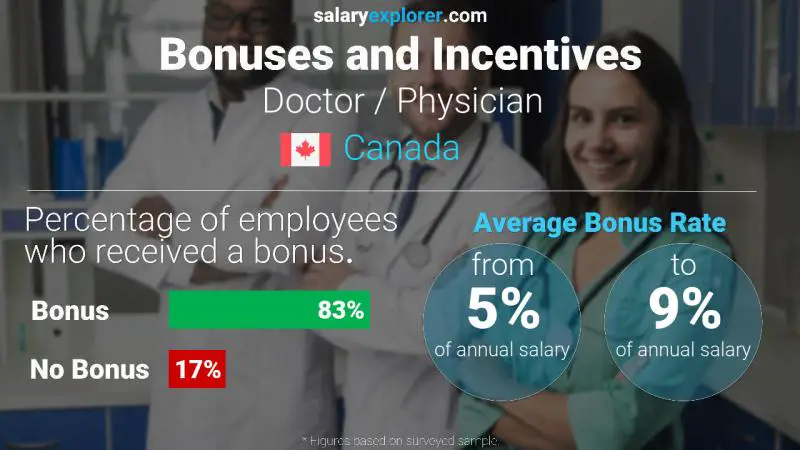
They pay attention to their service contracts and negotiate them upward.The difference in annual pay in doing so can add up to millions of dollars throughout a career. Consider a general practitioner who trains to become a dermatologist. Some doctors start in practice or specialty that ranks on the lower end of the physician pay scale, then shift specialties and move upward income-wise.

For instance, the specialist does so by offering medical consulting services, offers expert legal testimony for individuals seeking financial redress after an accident or illness, or appear on media platforms as an expert on a specific topic for pay. A cardiologist (or any doctor) who spreads his wings and provides services that go beyond seeing heart patients can earn substantially more income. In the health care area, like most service sectors, the more patients you see, the more bills you invoice, and the more income you make. In the medical field, quantity is as important as the quality, at least from an income-earning point of view. The biggest physician earners share the following traits: They're not as well-known as medical school training, specific vocation, and experience, but in many ways, they're important differentiators, too. Some myriad other factors and impactors explain why some doctors earn more money than others.

Those numbers aren't an outlier - they're roughly the same as the figures in Medscape's 2017 physician salary study. Northeast, including states like Massachusetts and New York, where the population is heavy and health care options abundant, physicians only average $275,000 in annual income - a difference of $44,000. In the mid-western states (especially Illinois, North Dakota, Minnesota and Wisconsin), doctors earn, on average, $319,000 annually.
PART TIME DOCTOR SALARY PROFESSIONAL
Geographic Breakdown of Physician Salariesįor physicians, where you practice medicine and wellness matters as much as what you practice, from a professional point of view.Īccording to the Medscape survey, there is a significant wage gap for doctors practicing in the nations' breadbasket than in the Northeast.

Overall, though, physician annual salaries are up from $200,000 in 2011, to $299,000, on average, in 2018. Those numbers are up moderately from 2017, when primary care physicians average $217,000 in professional income, while specialists averaged $316,000.


 0 kommentar(er)
0 kommentar(er)
